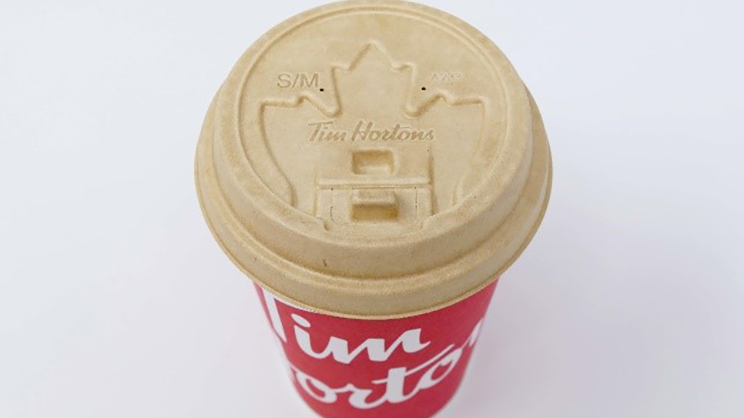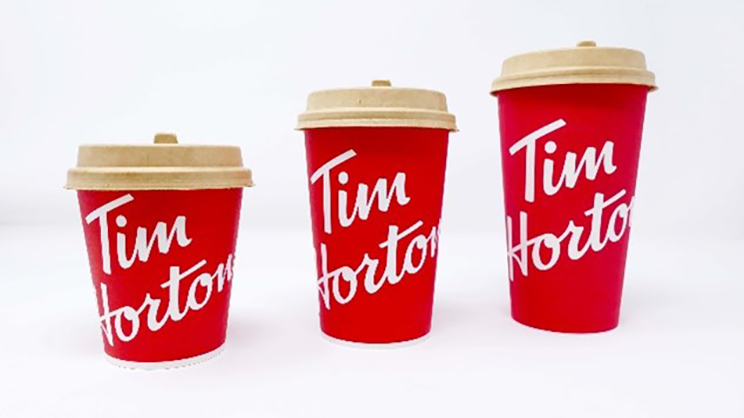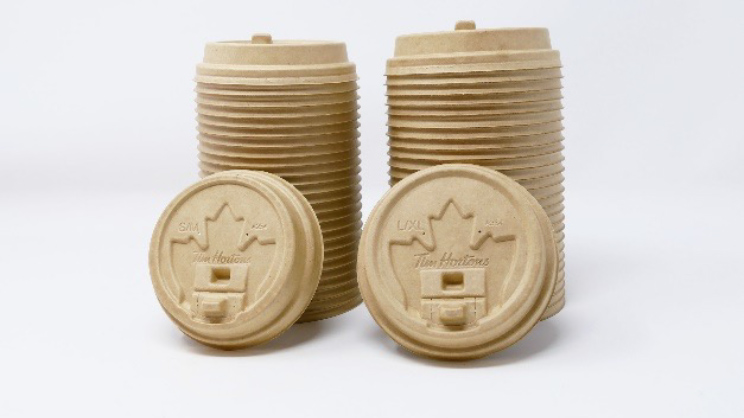Canadian Spotlight: Three Things Retail Is Doing for Clean Air
Retailers are prioritizing sustainability by reducing gas emissions, adopting circular practices, and reducing plastic waste.
- Heli Brecailo
1. Vancouver’s Transit-Oriented Developments Driving Sustainable Urban Growth
Vancouver’s large-scale, mixed-use developments play an instrumental role in fostering sustainable urban growth while minimizing the impact on air quality. By promoting anchor developments that are seamlessly connected to public transportation, Vancouver reduces reliance on private vehicles and encourages taking transit, cycling, and walking. This approach not only decreases greenhouse gas emissions but also enhances air quality by reducing the number of vehicles on the road.
With at least nine projects currently proposed, Vancouver stands at the forefront of Canada's transit-oriented mixed-use initiatives. These ambitious projects include more than 3 million square feet of new retail space and tens of thousands of residential units. The resulting transit-oriented communities will provide Vancouverites with convenient access to retail, amenities, services, and employment while minimizing the environmental impact.
The collaboration between local stakeholders − including the province, municipalities, TransLink, developers, and retailers − ensures that Vancouver's growth remains sustainable, safe, and livable.
Source: JLL Retail Vancouver
Vancouver's Oakridge Park is Canada's largest redevelopment project underway with 1,200,000 square feet of retail space, an underground transit concourse, energy-efficient designs, waste management features, and a 10-acre park.
2. Lululemon's Circular Approach to Nylon Production
Prominent Canadian activewear company Lululemon is pursuing measures to promote air quality by making the production of nylon more sustainable and circular. This entails either recycling nylon or replacing the traditional method, which relies on fossil fuels and contributes to global warming. Lululemon’s goal is make all its products from sustainable materials by 2030.
In line with this commitment, the company recently introduced plant-based nylon t-shirts for both men and women that are priced the same as conventional options. Working in partnership with sustainable materials firm Genomatica, Lululemon uses biotechnology and fermentation techniques to convert plant-based ingredients into the fundamental components of nylon.
Additionally, Lululemon is furthering its sustainable efforts by integrating textile recycling into its initiatives. The company recently made a minority investment in Samsara Eco, an Australian recycling firm. Through this collaboration, Lululemon will utilize apparel waste generated during the production process to create recycled nylon and polyester that is then transformed into new apparel items.
As younger generations push the fashion industry toward circular practices, Lululemon's efforts contribute to the broader goal of creating a circular ecosystem and addressing textile waste in the apparel sector.
Source: Simon Kucher Partners
3. Tim Hortons Switches from Plastic to Wood and Fibre Cutlery
Tim Hortons − Canada’s largest QSR chain with nearly 4,000 locations − is pursuing sustainability goals by implementing several initiatives to reduce plastic waste and promote environmentally friendly alternatives. This year, the company is introducing wood and fibre cutlery and eliminating the use of more than 90 million single-use plastics annually.
In addition, Tim Hortons plans to adopt a new breakfast and lunch wrapper design that utilizes 75% less material than the previous wrap box. This is estimated to save over 1,400 tonnes of material each year, further reducing environmental impact.
By seeking alternatives to plastic and promoting easier recycling and reuse, Tim Hortons is taking steps toward a more sustainable future while ensuring a positive guest experience.



